Wall painting
Divarnigari, Nagashi Divari and Divarnegareh in Persian encyclopedias is translated to mural wall painting and mural painting. It has also been mentioned in the features of wall painting that the features of most wall arts are in sync and conjunction with the architecture and the colors. The subject of them has a hidden relation and feeling with the architectural features.
In different periods of time before Islam wall painting on structures has had a great importance and painters would decorate the walls and ceilings with religious and worldly images. kings would paint their palaces by various wall paintings. The artwork remaining from Islamic periods show that wall painting has many varieties. The important and noteworthy theme that expanded in these eras was that the artists would avoid picturing living beings in their paintings. Therefore, abstract interpretation of nature and plant life expanded, and it became a trend for decoration of mosques and buildings.
Wall paintings of Islamic architecture include geometric and non-geometric patterns which would be done considering the purpose of the structure and the conditions of environment. The above mentioned wall paintings consist of two general categories, wall paintings for religious buildings (mosques, schools, harems and…) and wall paintings for non-religious buildings (palaces, bazaars, homes, public baths and…). In the Safavid era, after cultural and economic exchanges of Iran with European countries, Iranian artists became familiar with the manifestations of the European paintings. Gradually themes like social and everyday life of the people were seen and Iranian paintings transformed from two dimensional paintings and were copied and painted three dimensionally. Various examples of these wall paintings from this period can be seen on mansions and enormous palaces. The wall paintings on Isfahan’s Chehel Sotun walls is a great example of decoration related to architecture. In truth wall painting is part of visual arts which is done in extensive dimensions and has its own specific infrastructure.
The weather and environment conditions of each region has greatly affected the infrastructures. Material must be adequate considering the material of the infrastructure. Since the material used for building the walls would be picked based on the weather and environment specific to a region and their different cultures. On one hand, visual features and textures of materials would be different and on the other hand their ability to be affected by other material on their surface would also be different. As a result, the material for painting each wall is picked considering the time of the year, location, environment, weather and the wall’s ability to be affected by other material. It’s been seen that painters would paint over walls made of chalk, sand, concrete lime and even mud.

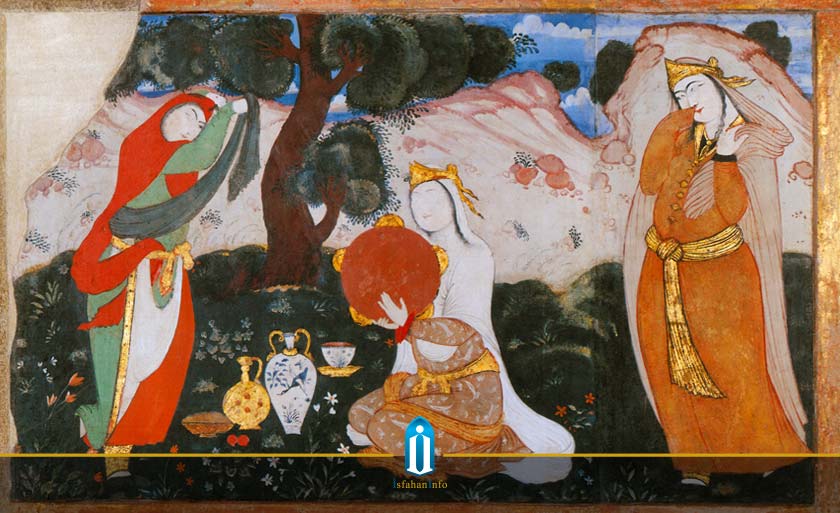
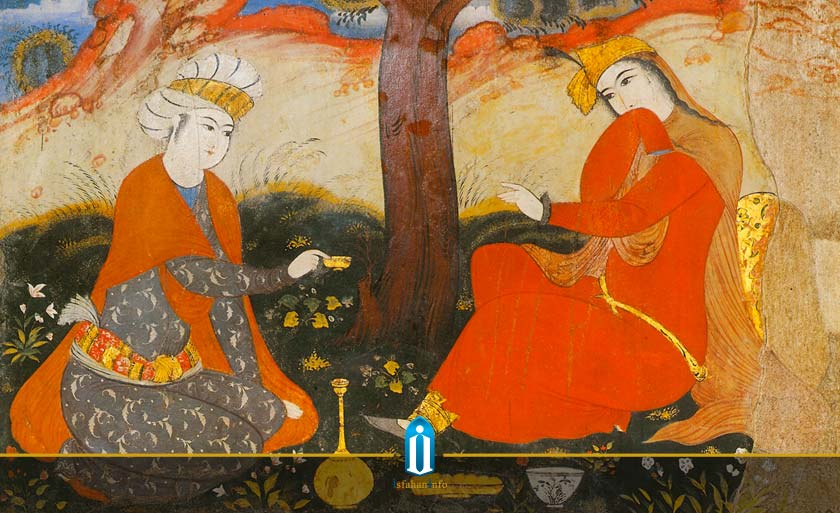

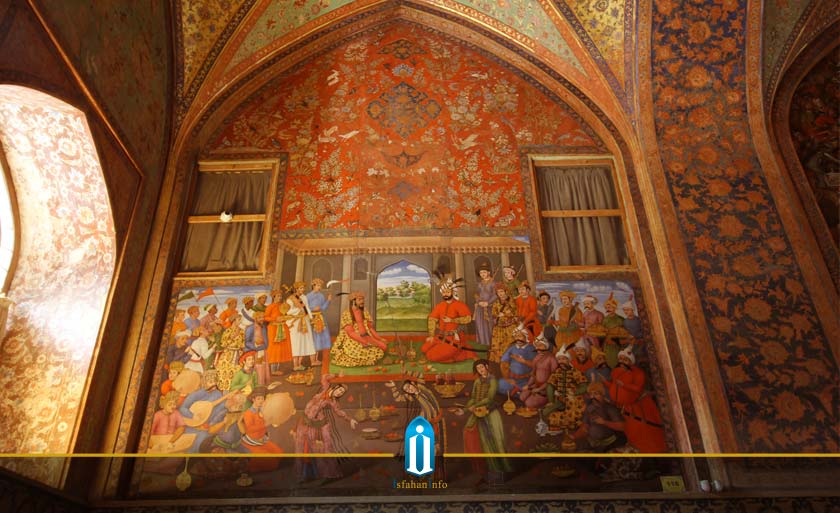
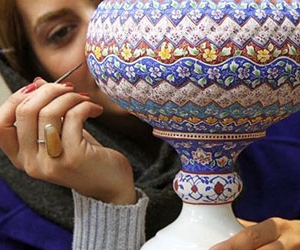
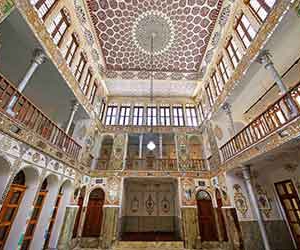
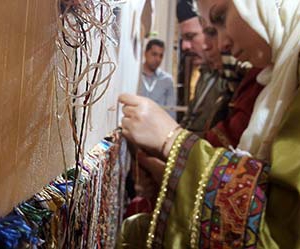



Leave a Reply
Want to join the discussion?Feel free to contribute!